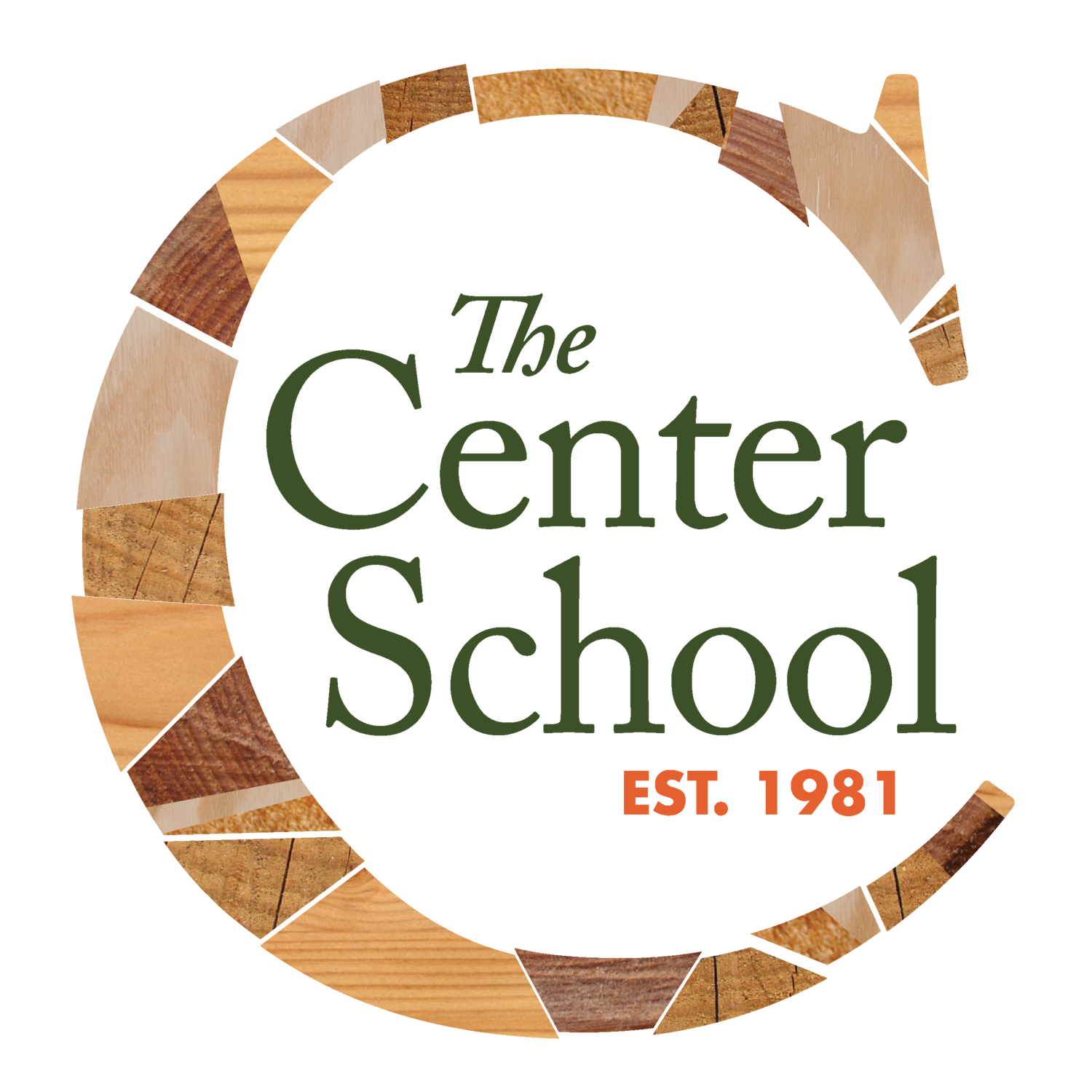Studying Black Environmentalists in The Forest Primes (K/1)
The Forest Primes have been deepening their thinking around the underrepresentation of the Black community in nature by learning about some influential Black environmentalists from the past and present. So far we have learned about Wangari Maathai, MaVynee Betsch, and George Washington Carver. On the horizon, we will learn about John Francis The Planetwalker and Alexis Nikole Nelson “The Black Forager”.
After reading books and watching a couple videos, the Forest Primes reflected on their lives and legacies by engaging with a think-and-paint activity and adding artifacts to a collaborative collage.
We started this unit with a story of the inspirational change maker and first African woman to win the Nobel Peace Prize, Wangari Maathai. We watched a powerful video about how her message and activism lives on in the farmers of Kenya today. Early on in the reading of Wangari's Trees of Peace, we learn that one of the many reasons Wangari is passionate about trees is the home they provide for birds. When so many trees are cut down in the Kenyan forests, there's a page where Wangari exclaims, "And where are the birds?" In a beautiful twist of fate, just as Val was reading this page, our resident red-tailed hawk soared into basecamp and rested on a nearby branch while we finished the story. After the story, Forest Primes split up into groups, some were doing a think-and-paint response to their thoughts on Wangari Maathai, and others were using binoculars to watch and sketch the hawk. We had the idea to name the hawk Wangari, and shared this idea with the rest of the community at All School so we can all be reminded of the powerful Wangari Maathai everytime we see the hawk nearby.
Ma Vynee Oshun Betch, who was known as “the beach lady,” worked to preserve and protect a historically African American Beach on Florida’s Atlantic coast. Bea wanted folks to know that, “American Beach was a safe place for everyone! When people stopped taking care of it, it turned into a junkyard but MaVynee dedicated her life to cleaning it up!” Alicia added that, “when Ma Vynee died she was burned [cremated] and her ashes were sprinkled at American Beach because that is the place in the world that she cared about the most!” As a result of her advocacy, American Beach and Nana Sand Dune are now owned by the National Park Service and protected from development.
When asked about the many important contributions that George Washington Carver, the American agricultural scientist and inventor, made Eligh wanted folks to know that, “He loved to ask so many questions! He helped farmers with their crops. He was known as ‘the plant doctor’.” Psilas added that, “he did so much discovery about peanuts!” This inspired us to add peanuts to our ‘Taste Test Tuesdays’ during which we sprinkled them with some maple sugar and roasted them on the sugaring fire with the Lumber Primes. One of the books that we read about his life ended with George Washington Carver’s words, ”Regard nature. Revere nature. Respect nature.” These powerful words gave us an opportunity to discuss how his life was inspired by these values and how we can do the same.
Let us know if you have a suggestion for a Black environmentalist that we can learn about next!






